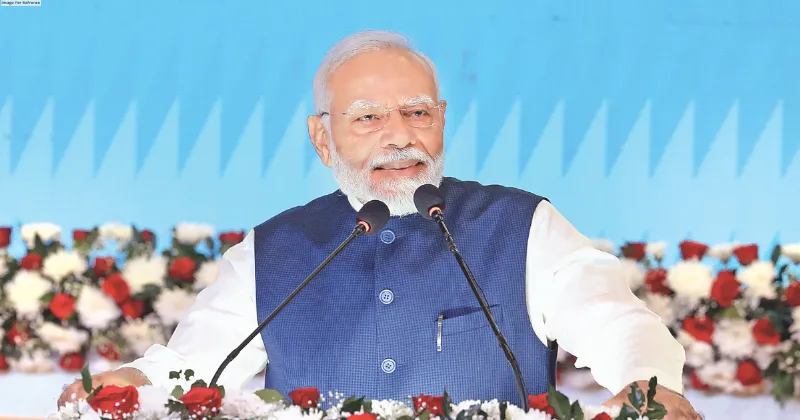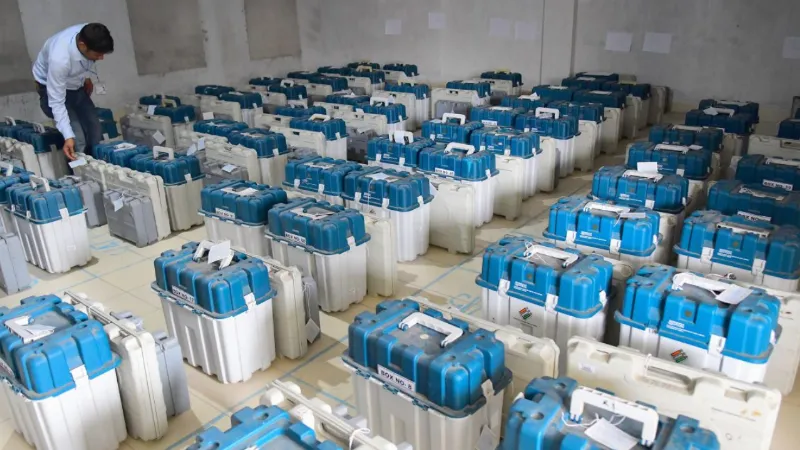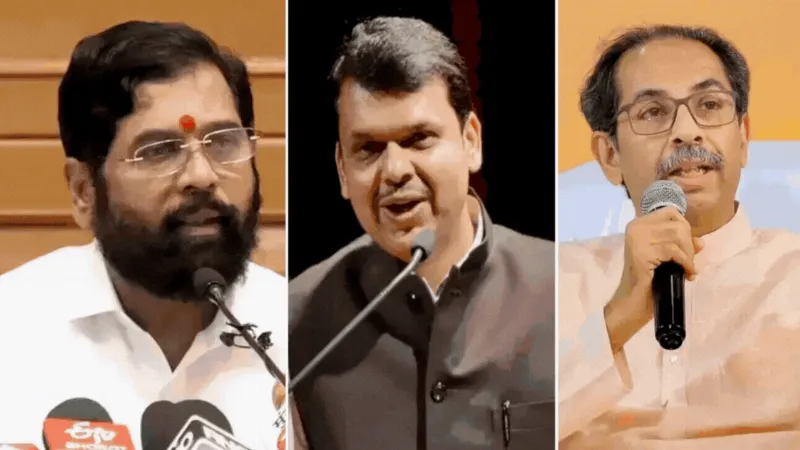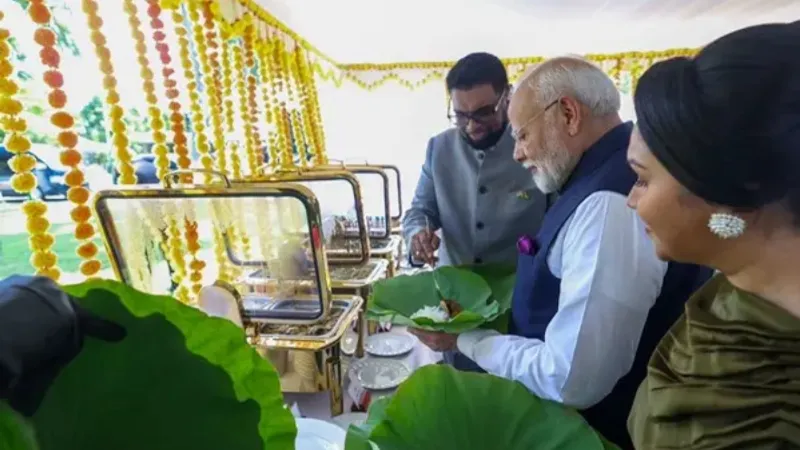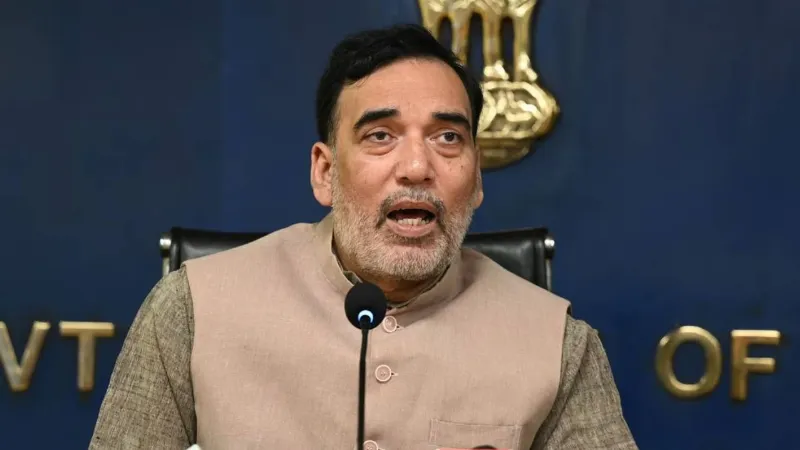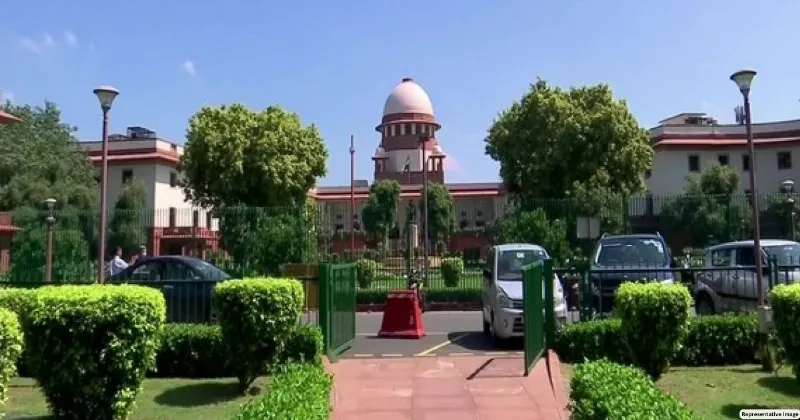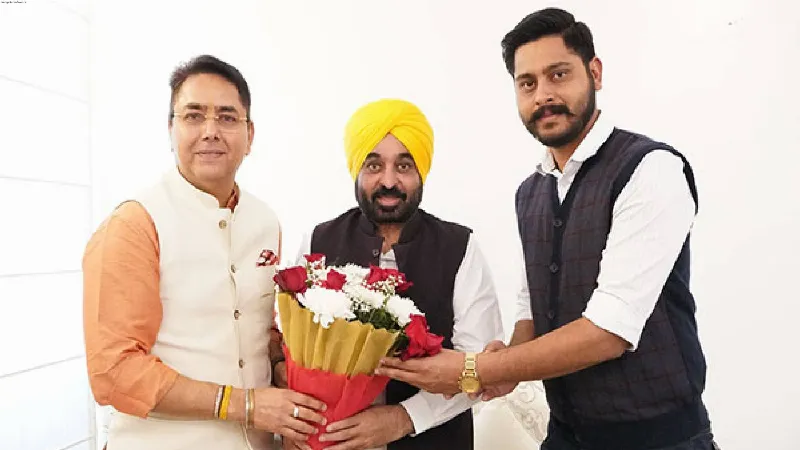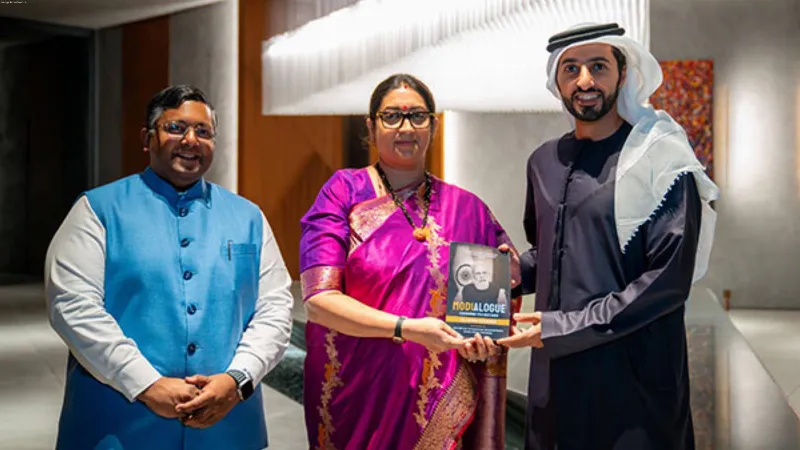COMMUNITY RESOURCES: AN EQUITABLE LANDSCAPE
.png)
Recently, a ninejudge constitution bench of the Supreme Court has started hearing, after 22 years, a reference to determine whether directive principle of the state policy enshrined in Article 39 (b) permits the Government to redistribute privately-owned properties as material sources of the community to subserve common good. It is crucial to comprehend as to how this matter has snowballed into a major interpretational dilemma against the backdrop of ongoing acrimonious political debate about redistribution of wealth.
Historically speaking, a seven-judge constitution bench expressed in the case of Ranganatha Reddy (1977 4 SCC 471) that “we do not consider it necessary to express any opinion with reference to Article 31C read with clauses (b) and (c) of Article 39 of the Constitution.” However, a controversy commenced with the dissenting opinion of Justice Krishna Iyer that “economic democracy ensouls the social philosophy of Article 39 (b) and (c) of the Constitution.” He held that epithet “material sources of the community” includes private property also.
In Sanjeev Coke case (1983 (1) SCC 147), a five-judge bench relied on the minority opinion of Justice Iyer, and held that “the expression ‘material resources of the community’ means all things which are capable of producing wealth for the community. There is no warrant for interpreting the expression to include public owned material resources and exclude private-owned material resources.” Later on, a nine-judge bench of the Apex Court held in the case of Mafatlal Industries (1997 5 SCC 536) that “Article 39 cannot be a basis for retaining whatever has been gathered unlawfully by the Government for common good. Simply stated the Directive Principles of State Policy do not license the Government to rob Peter to pay Paul.” It said it was difficult to accept the view that material resources under Article 39 (b) covered what is privately owned.
In 1997, Mumbai-based Property Owners Association preferred an appeal in Supreme Court challenging the provisions of Chapter 8 of Maharashtra Housing & Area Development Authority Act, 1986, which allows taking over properties for redevelopment. This law, intended to implement Article 39 (b), provided that a state authority could acquire properties for redevelopment if 70% of owners agreed to such acquisition. In 2002, a seven-judge constitution bench hearing Property Owners Association case, referred interpretation of Article 39 (b) to nine-judge constitution bench.
These varied verdicts of the Apex Court on the acquisition of private properties for common good have been rather perplexing and inconsistent, leading to questions over the efficacy and judicial discipline of constitution benches, which have failed to reconcile conflicting aims of the doctrine of eminent domain, enshrined in Article 300A and a constitutional right to hold property. The doctrine of eminent domain comprises two parts, (a) acquisition of property in the public interest; and (b) payment of reasonable compensation therefor.
Article 39 (b) lays down the that the state shall direct its policy towards securing that the ownership and control of material resources of the community are so distributed as best to promote the common good. Granville Austin says (Indian Constitution-Cornerstone of a Nation p. 66) that “the fundamental rights and directive principles appear as distinct entities. Former are negative in nature because they prevent the government from doing certain things; whereas the latter are positive obligations requiring the government to do certain things. This exemplifies not only the desire for negative freedom, but also positive freedom, so perceptively described by Sir Isaiah Berlin (‘Two Concepts’ p.47-48) as “the desire for the positive freedom of collective self-direction.”
The crux of the matter is to define the expression “material resources of the community,” (variously described as natural resources, mines, minerals, quarries, electricity, oil and natural gas, riparian-sea-marine resources, lands, space spectrum etc.). We should get to know what framers of the constitution, who discussed draft Article 31 (Article 39) in the Constituent Assembly on 22nd November, 1948, meant by this appellation.
Professor K. T. Shah (BiharGeneral), the most doctrinaire socialist, said that “....the ownership, control and management of the natural resources shall be vested in the community collectively, and shall be exploited, developed and worked by the community…..No human being has lent any value to those resources by his or her own labour. They are gifts of nature….. Mines and mineral wealth…are an exhaustible asset....The ultimate ownership of these resources can only be in the hands of the State….. …...The biggest of them, (is) land. The agricultural land of this country belongs to the country collectively….The natural resources…we should have in common ownership and develop collectively.”
Participating in the debate Professor Shibban Lal Saksena (United Provinces-General) stated “that ownership and control of the material resources of the community is the most important principle…..where all the resources of the country belong to the State and are to be used for the well-being of the community. I do feel …..that the key industries shall be nationalised …..This is the best method of distributing the “material resources” of the country. The State shall promote……economic democracy……in accordance with the view of Dr. Ambedkar..….of `one man one value’.”
Shri Jadubans Sahaya (BiharGeneral) mentioned that… ..“the means of production and the natural or material resources of the country shall belong to the community……All gifts of nature should belong to the State or to the community….. The community will own the gifts of God……The natural resources of the community…belong to the poor people of the country for benefit of all.”
Dr. Ambedkar indicated that the… “Draft……..includes particular propositions…moved by Professor Shah. The clauses have been drafted deliberately for a set purpose.” TT Krishnamachari described it as “a veritable dustbin of sentiments….. sufficiently resilient as to permit any individual member of the House to ride his hobby horse into it” (CAD VII 12 583). Broadly speaking, in the eyes of framers of the Constitution “material resources of the community” denoted natural resources. None of them indicated that private resources were “material resources of the community.” Notwithstanding these debates, these positive rights, in the form of directive principles, have provided an impetus towards rebuilding society for common good. It is reasonable to expect that the Apex Court will find, in the words of TH Green, “a middle way between individual liberty and the public good, between preserving the property and bestowing benefits on the many in order to liberate the powers of all men equally for contributions to the common good” (Liberal Legislation Vol.3 p.372). Amen, so it be.
THE VIEWS EXPRESSED BY THE AUTHOR ARE PERSONAL
Shrawan Sawhney The writer is IAS (Retd.)

